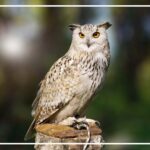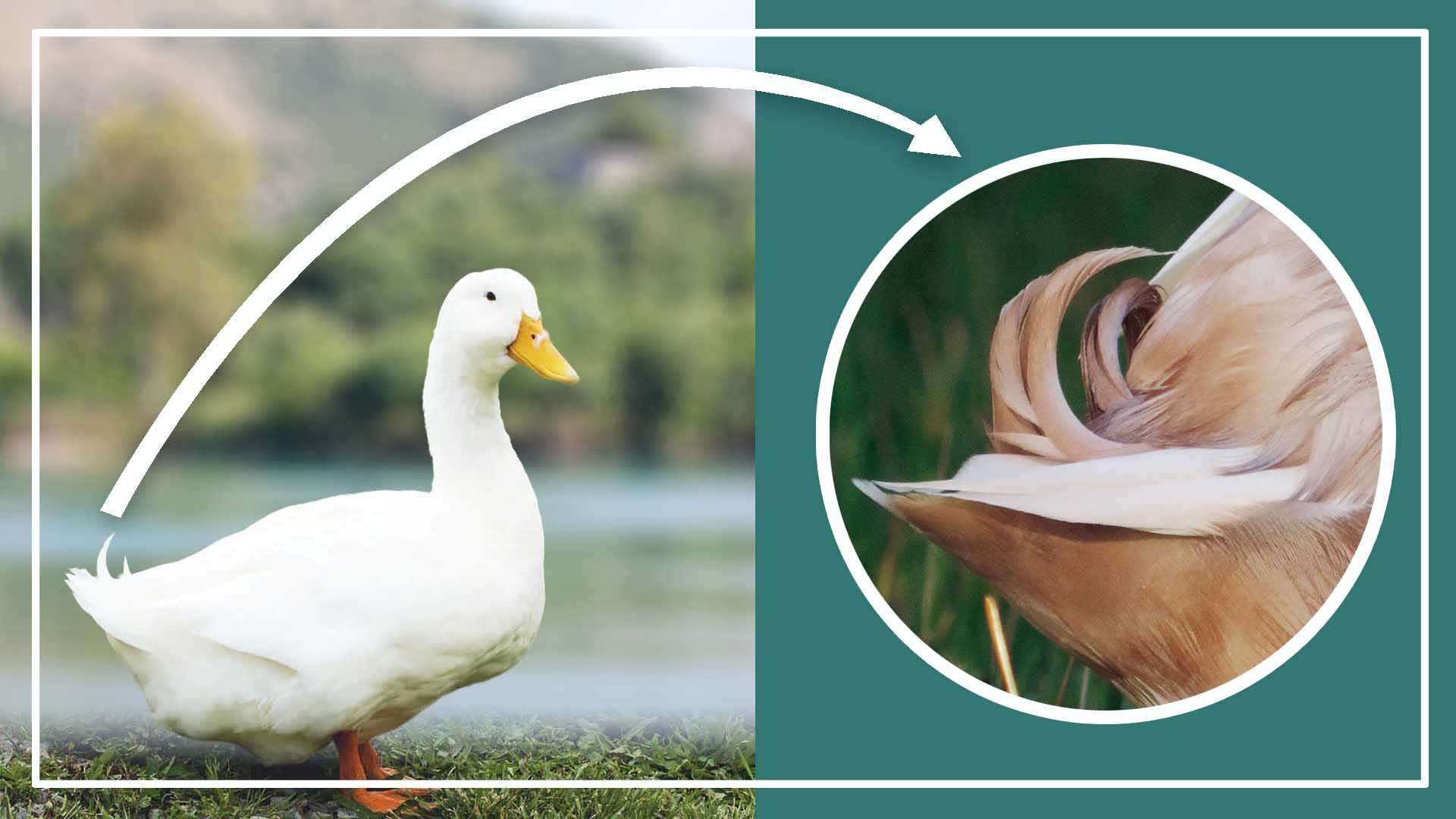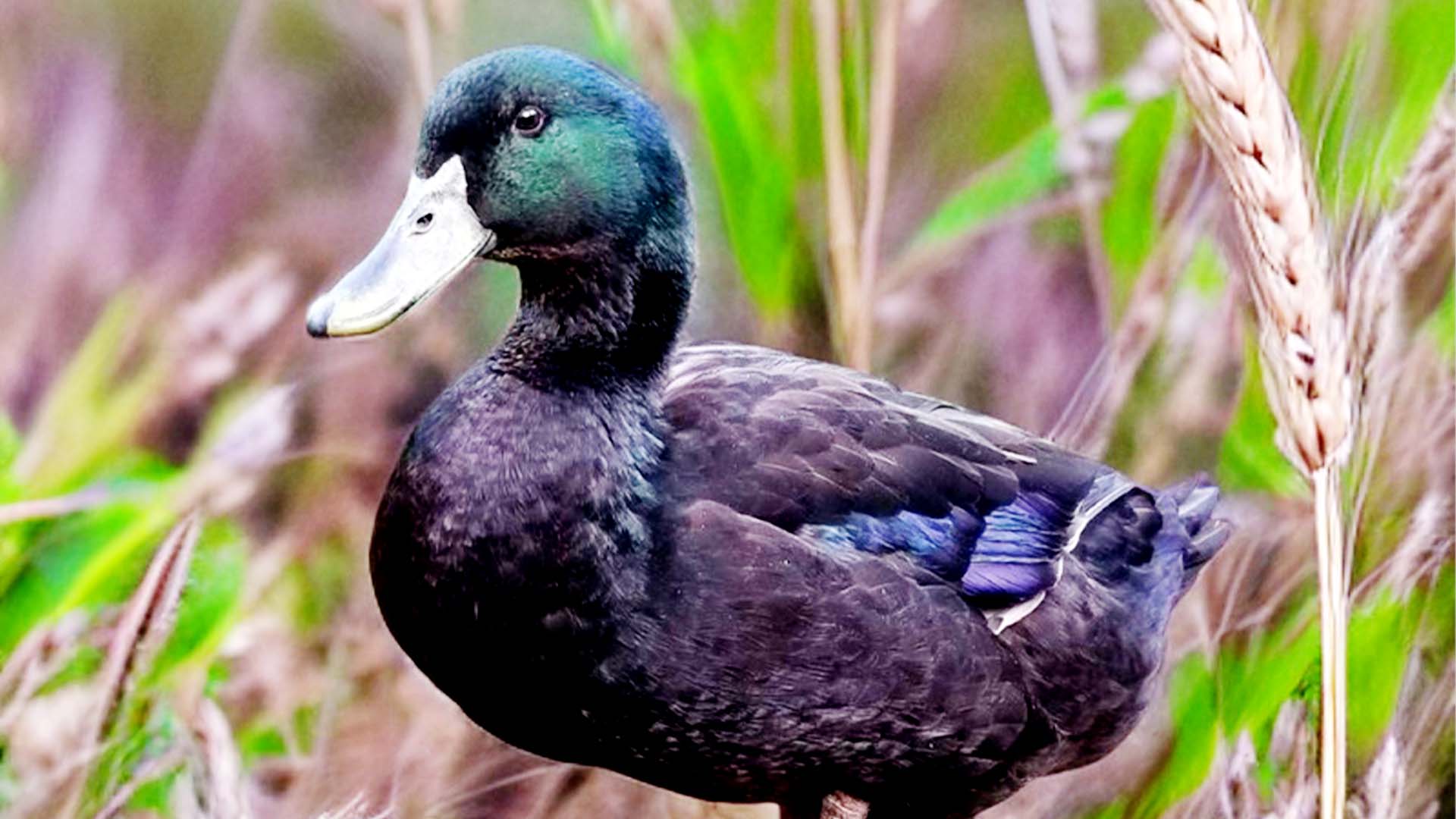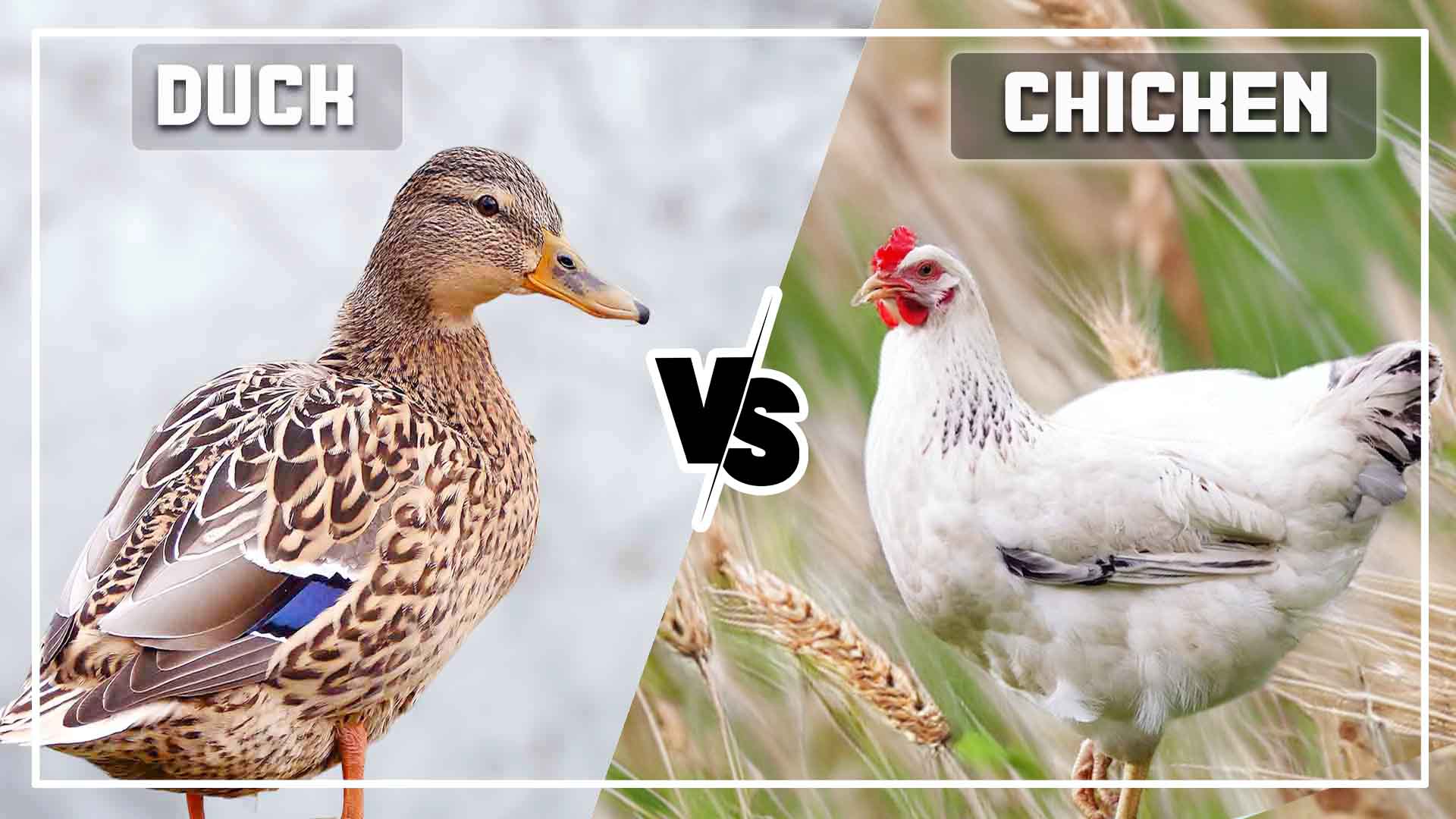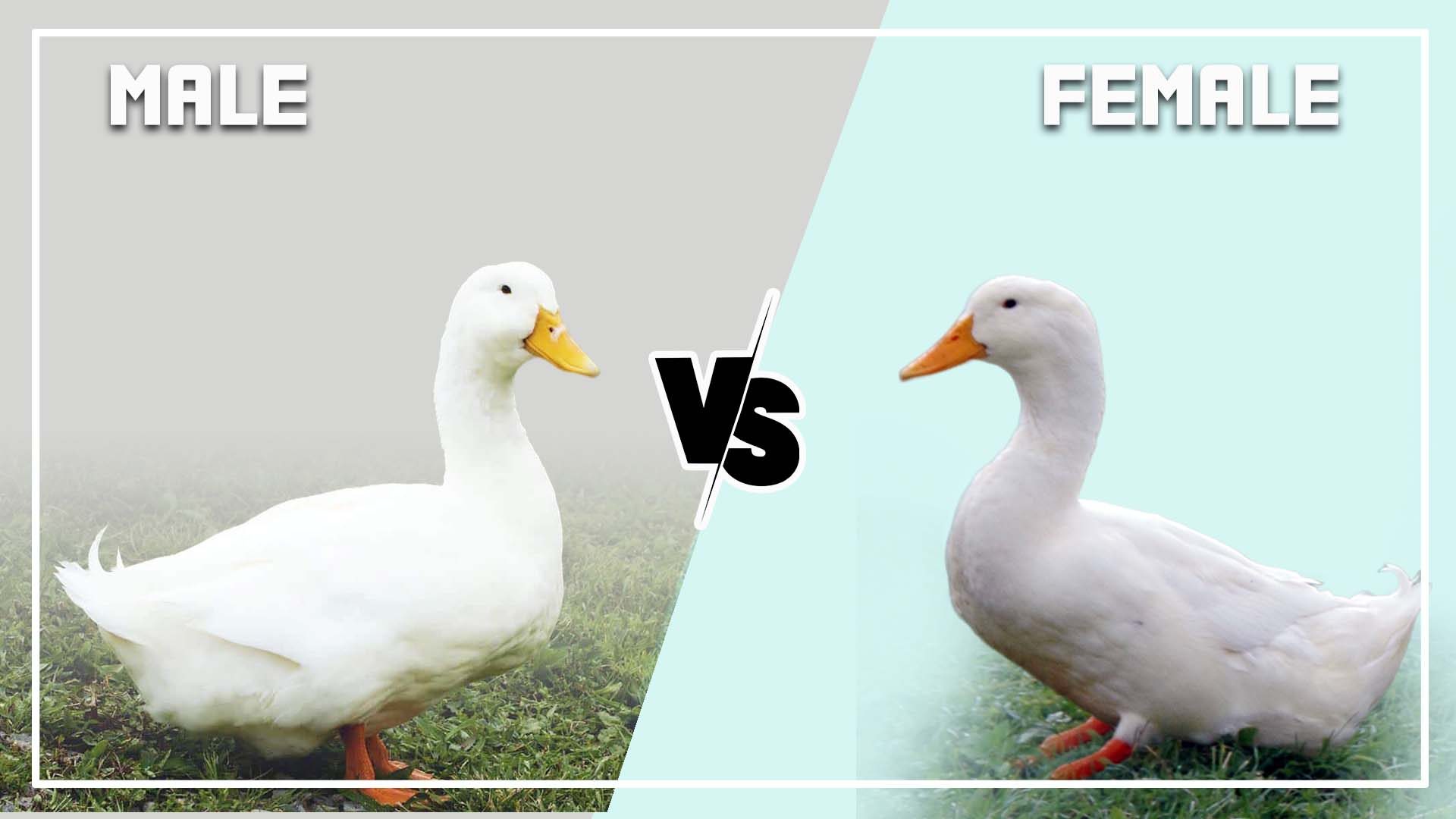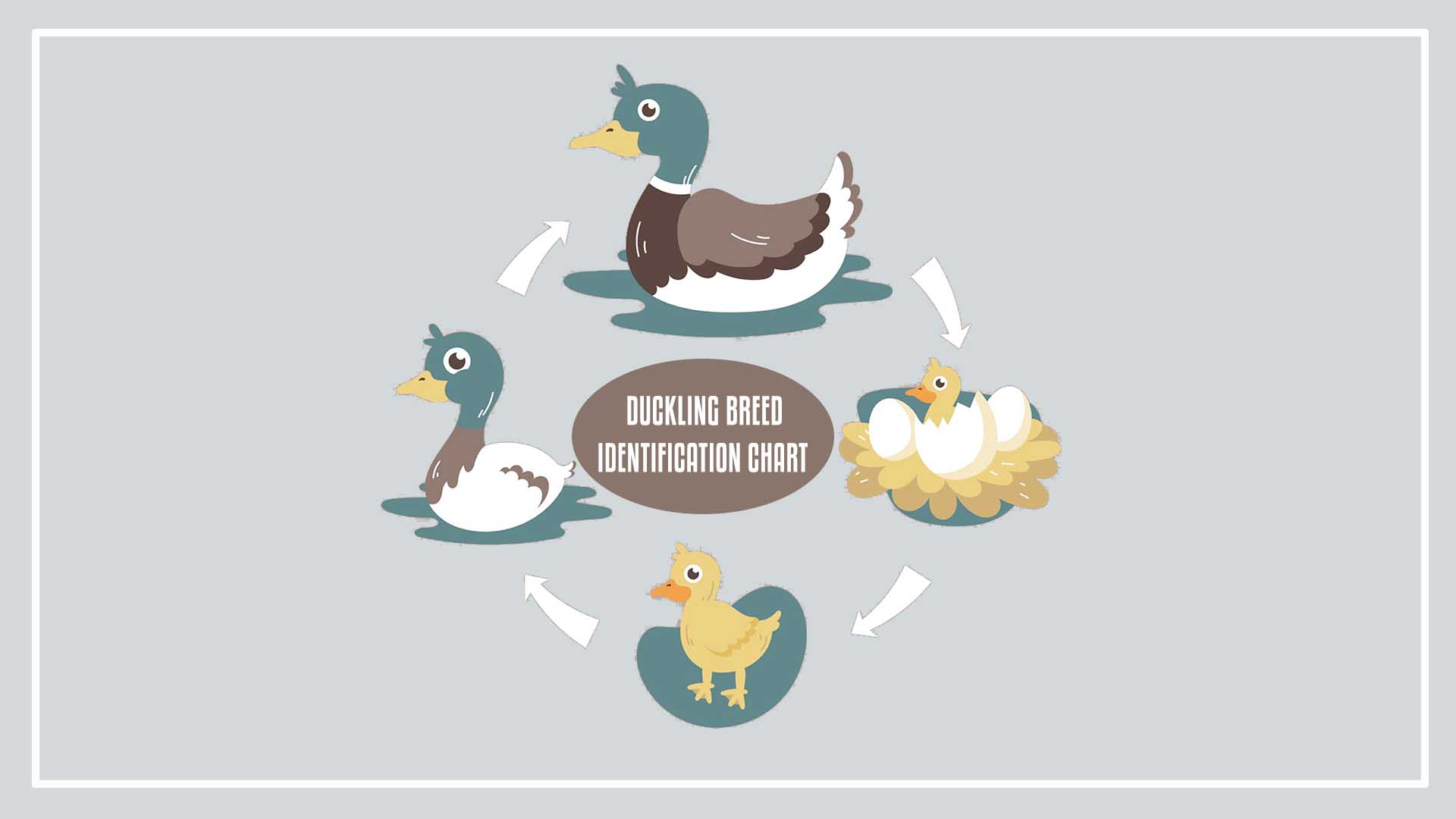The Pekin duck, renowned for its charming appearance and amiable temperament, is one of the most popular domesticated duck breeds worldwide. Besides their delightful personalities, Pekin ducks also boast an intriguing physical transformation during their lifecycle. Among the notable milestones in their development is the emergence of “drake feathers.”
In this article, we will delve into the life stages of Pekin ducks, explore the significance of drake feathers, and gain a deeper understanding of this remarkable avian species.
Life Stages of Pekin Ducks:
Before we discuss drake feathers, it’s crucial to understand the life stages of Pekin ducks. From hatchlings to adults, these stages play a pivotal role in the development of the birds.
Hatchlings: Pekin ducks are commonly hatched from eggs in an incubator or under a broody duck. As hatchlings, they are adorable bundles of yellow fluff with a soft and fuzzy down covering their bodies.
Juvenile Stage: As the ducklings grow, they enter the juvenile stage, which usually lasts several weeks. During this period, their down is gradually replaced with feathers, and they start to develop distinct physical features.
Sub-adult Stage: After the juvenile stage, the Pekin ducks progress into the sub-adult stage. They continue to develop their adult plumage and undergo certain changes in appearance.
Adulthood: At approximately 5 to 6 months old, Pekin ducks reach adulthood. By this stage, they should have developed their mature feathers and characteristic physical traits, allowing us to distinguish between drakes and ducks.
Drake Feathers
Drake feathers are one of the defining characteristics that emerge during the transition from sub-adult to adult stages in male Pekin ducks, known as drakes. Drakes and ducks exhibit several differences in appearance and behavior, and their feathers play a crucial role in this distinction.
Tail Curl: One of the most notable features of drake feathers is the curl in the tail feathers. As male Pekin ducks mature, their central tail feathers begin to curl upward. This curled feather appearance is unique to drakes and helps differentiate them from female ducks.
Coloration: Mature drake feathers often display more vibrant and contrasting colors than those of female ducks. While the overall color pattern may be similar between the two genders, drakes may have more intense shades, especially on their heads and necks.
Feather Patterns: Drakes might also develop distinct feather patterns, particularly on their wings and back. These patterns are usually absent or less pronounced in female ducks.
Body Size: In addition to feather differences, drakes tend to be larger and more robust than female ducks. This difference in size is more noticeable as they reach adulthood.
FAQ
When can you tell if a duck is a drake?
You can typically tell if a duck is a drake or a hen (female duck) once they reach the sub-adult stage, which is usually around 2 to 4 months old. At this point, their physical characteristics and behavior start to exhibit gender-specific traits that allow for easier identification.
How can you tell a Pekin Drake from a hen?
To distinguish a Pekin drake from a hen, you can look for several key features:
Tail Curl: One of the most prominent signs is the curl in the tail feathers of a mature drake. Hens do not have this curled tail feather appearance.
Coloration: Drakes often display more vibrant and contrasting colors, especially on their heads and necks, compared to hens.
Feather Patterns: Male Pekin ducks may develop distinct feather patterns on their wings and back, which are usually less pronounced or absent in females.
Body Size: Generally, drakes are larger and more robust than hens, although this difference may not be as noticeable until they reach adulthood.
Do male or female ducks get their feathers first?
Both male and female ducks go through similar feather development stages. As hatchlings, they are covered in soft down feathers. As they grow, these down feathers are gradually replaced by adult feathers. There is no gender-based difference in the timing of feather growth.
Do all male ducks have Drake feathers?
Yes, all male ducks, including Pekin ducks, have drake feathers once they reach maturity. Drake feathers are the physical characteristics that distinguish male ducks from their female counterparts. The presence of curled tail feathers, vibrant coloration, distinct feather patterns, and larger body size are all unique to male ducks or drakes.
Conclusion:
The Pekin duck’s transformation from adorable hatchlings to mature adults is a fascinating journey, marked by various stages of development. The emergence of drake feathers is a significant milestone in this process and allows us to distinguish between male drakes and female ducks. The curling tail feathers, vibrant coloration, and unique feather patterns give drakes their distinct appearance and add to the allure of these charming domesticated birds.




